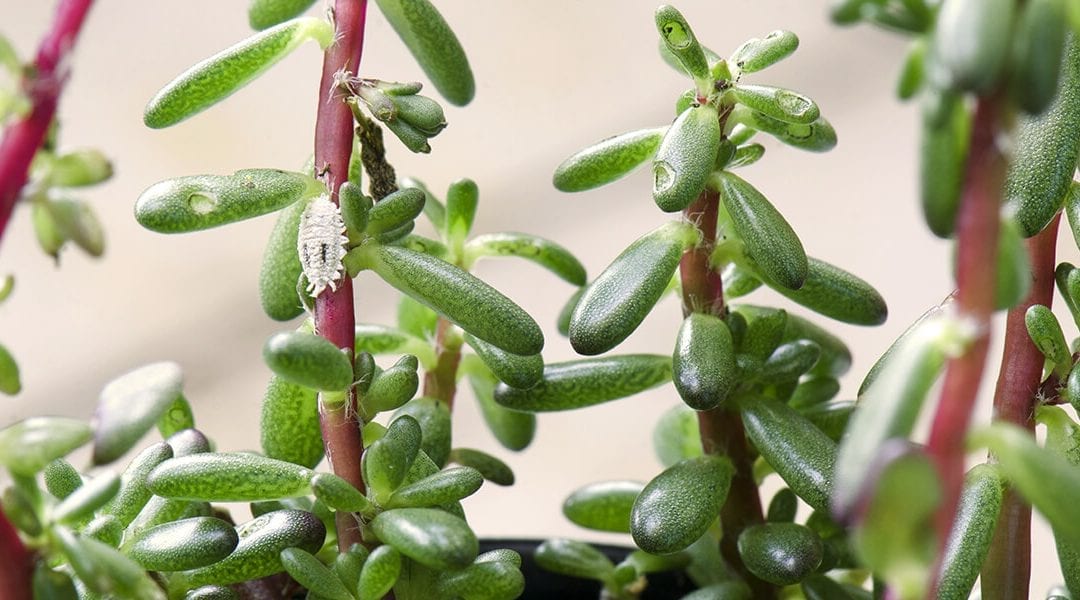How bugs find your indoor houseplants is often a mystery. But once they’re there, it shouldn’t be a mystery on how to treat them. In fact, it’s often simpler than you think. Here are easy ways to evict the most common pests from your indoor plants!
As with all things gardening, knowing the creature at hand is key to solving the problem!
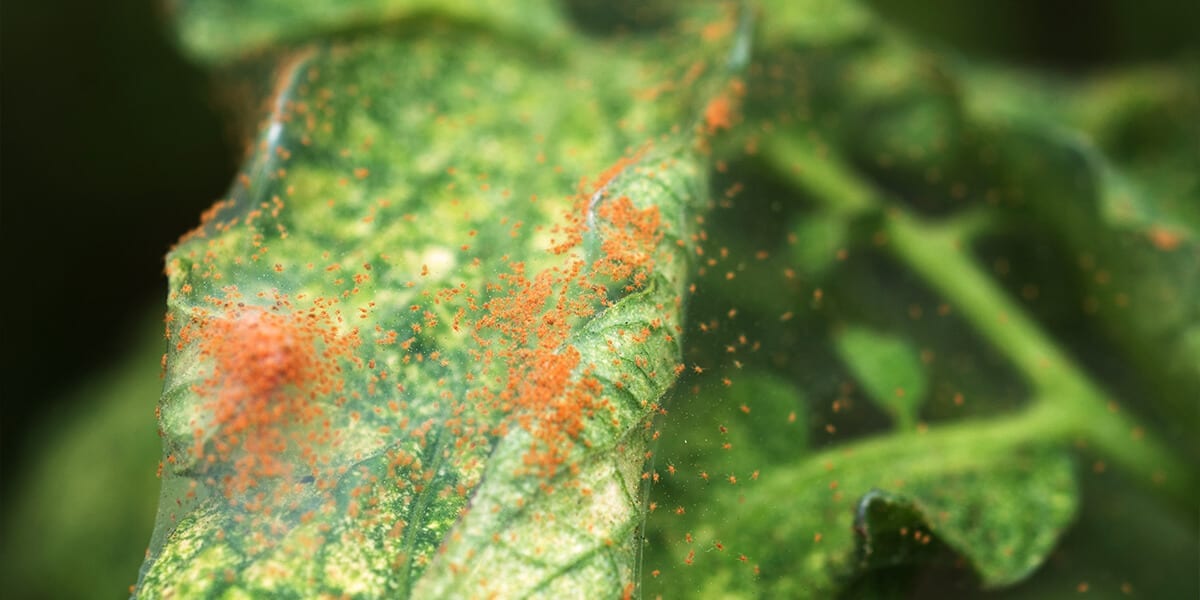
Spider Mites
Spider mites are nearly invisible red spiders that suck sap from your plants and multiply quickly. While you might not notice the mites themselves, they leave visible webbing in between leaves and stems, which hold hundreds of eggs waiting to hatch. Notice any cobwebs on your plants? Take a closer look and shake the area over a piece of paper. You should see tiny spiders fall onto the page. If they’ve already infected your plant for a while, you may also see yellow dots or dry and limp leaves.
Treatment: Quarantine the plant as soon as possible to prevent them from spreading around your indoor garden. Prune away infected areas and put the plant material in the garbage, not compost. Wash away spider mites in the bathtub with water. Wipe away any remaining webs or mites. Wipe them again every few days until they stop returning. If the infestation is especially bad, or if they persist, spray the plant with neem oil, insecticidal soap, or an indoor insecticide like Bonide Mite-X.
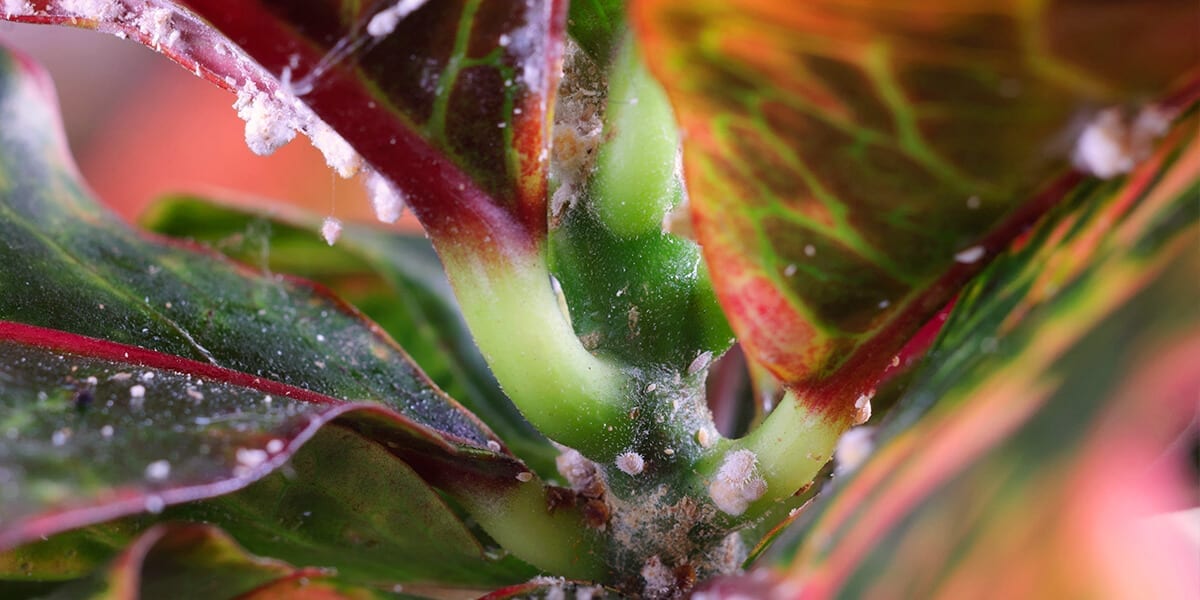
Mealybug
Mealybugs are small, slow-moving insects that look like they’re coated in wet flour, hence the name mealybug. Once they find a good spot to suck sap, they hardly move at all; you might even mistake them for a scab on the plant. If in doubt, see if you can scrape it off and look on the underside of leaves for cotton-like tufts of eggs. Like aphids, they also secrete a sticky substance called honeydew that can attract a sooty black fungus.
Treatment: Remove them from the plant with a cotton swab dipped in rubbing alcohol or vegetable oil. Make sure you remove the tufts of eggs as well. Repeat the process if you see any new mealybugs hatch. If the infestation persists, treat the plant with neem oil or insecticidal soap.
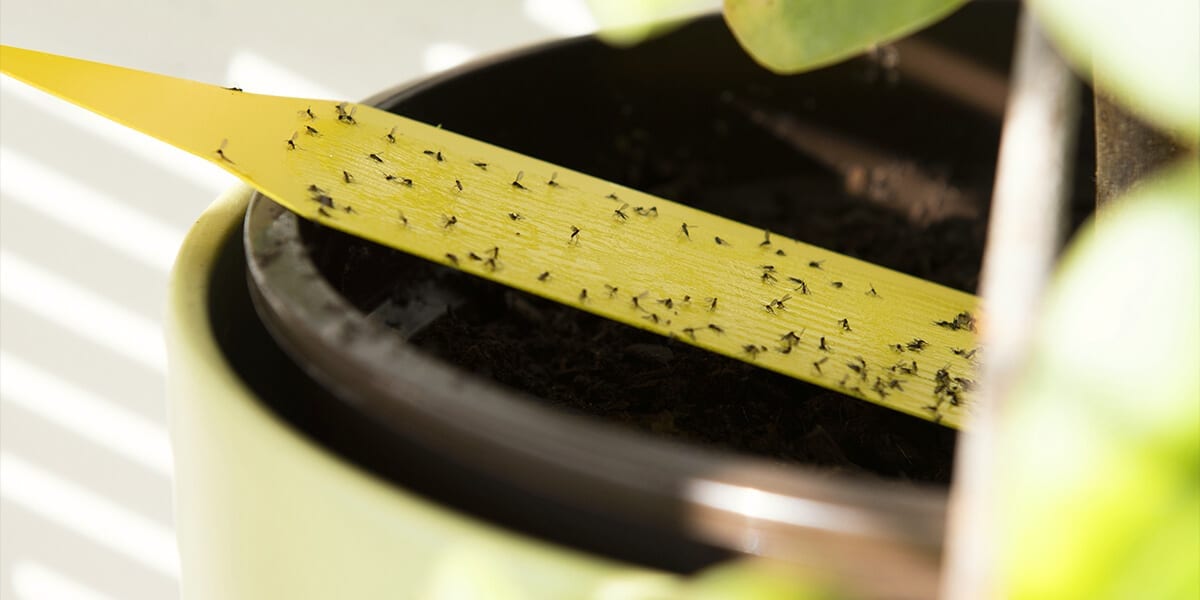
Fungus Gnats
Fungus gnats are black-bodied flies about the size of a fruit fly. They lay eggs in the top layers of moist soil, where the larvae feed on plant roots and dead organic matter. When they reach adulthood, they fly from the soil and may buzz around your face or perch on your window sills, but they won’t harm you or other plants. Still, it’s best to quell the uprising before they damage your plants’ roots or become a nuisance.
Treatment: Let the top two inches of soil dry out completely in between waterings. If possible, water the plant from the saucer, removing the water after an hour. Since the larvae need moisture to survive, the dry soil alone should stop their life cycle. If they persist, you can sprinkle on a granular pest control product like Summit Mosquito Bits, which breaks the fungus gnats’ life cycle. A few sticky traps staked into the soil can also capture adult flies as they return to lay eggs.
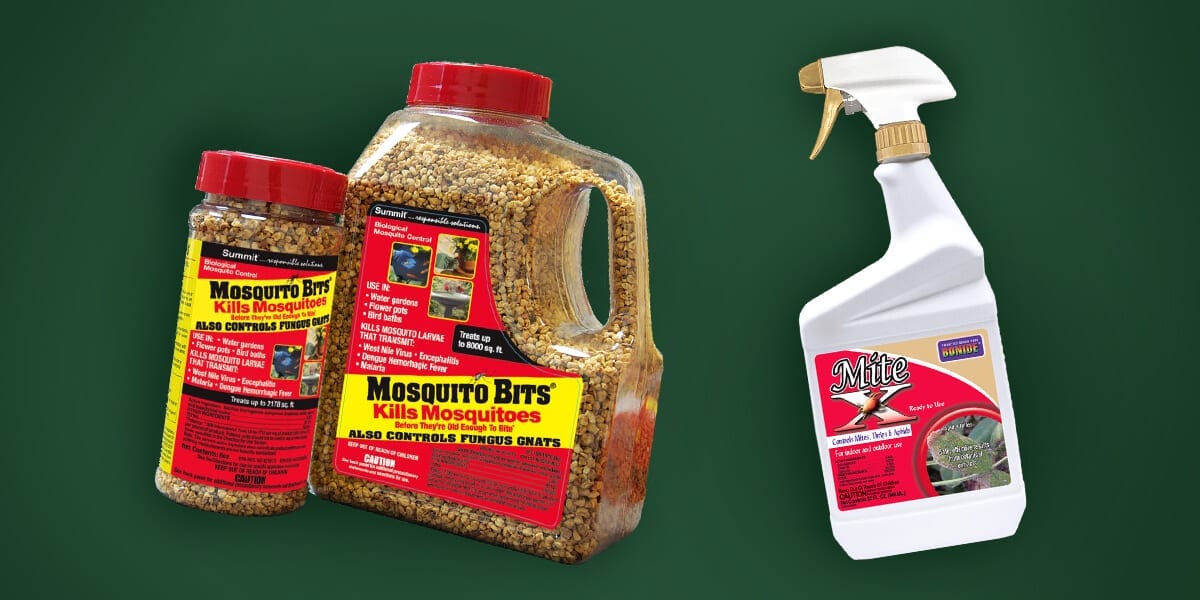
Extra Tips On Preventing Pests
Remember, the best tactic for preventing pests is to pay attention to your plants and notice if anything looks amiss. Noticing unwanted guests when they first arrive is key to any successful eviction. When you spot a problem early on, you can usually remove unwanted bugs by picking them off, swabbing them with rubbing alcohol, or spraying them with water. But all that depends on the bug you’re dealing with. As with all things gardening, knowing the creature at hand is key to solving the problem!
Maintaining proper watering amounts, keeping them away from drafts or open windows, and dusting them regularly also helps your plants stay stress-free and healthy.
For more advice and inspiration, check out our Winter Garden Guide, and pay a visit to our garden centers in Bloomingdale and Carpentersville!
Platt Hill Nursery is Chicago’s premier garden center and nursery.

